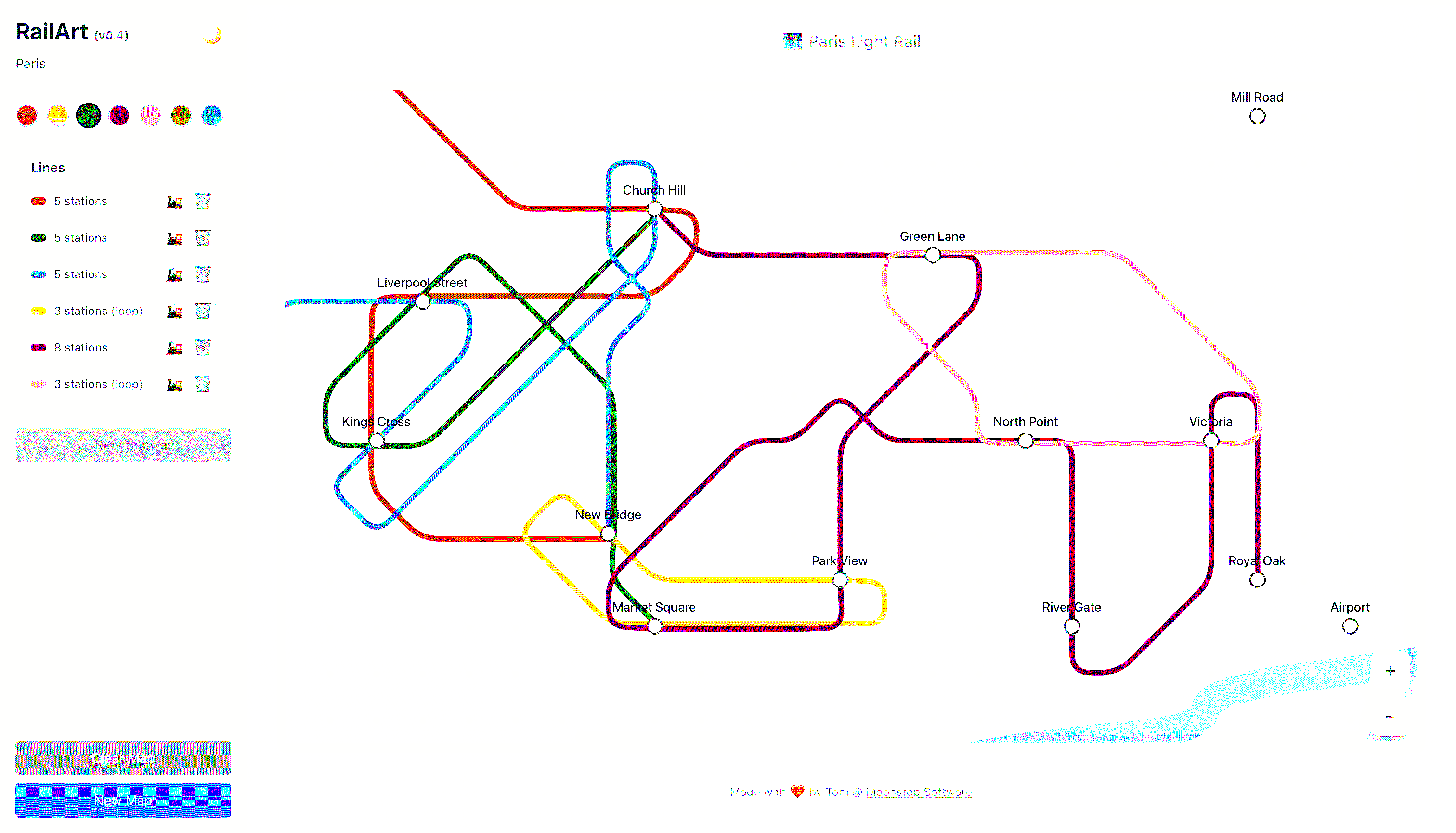
🌼🌼🌼🌼🌼🌼
Penelope Umbrico’s 2002 All the Catalogs (A-Z) was a really interesting piece, because it condensed the internet into an organism like form, where each broken link almost seems like the death of a cell, and eventually with all the links becoming black the whole website is dead. Whether the internet is alive is a question the article opened up with, which I haven’t previously considered before, but I think this example really highlighted how this a really interesting question to ask. If it is alive then what makes it alive, its functioning or the people using it? Probably both. It is people afterall who create the links and most of the content on the internet.
David Rokeby’s The Giver of Names 1990 closely reminded me of an exhibition I saw at Amos Rex. In this an installation where twelve characters and objects from different realities speak in an abstract language. The viewer is invited to watch them in a panel-like discussion as an unknown character translates the random sounds and languages into English, but even translated everything sounds like a lot of roundabout speech and vagueness that doesn't mean anything. Watching the panel’s interactions it felt like a critique to communication especially in political meetings and in media, and how this can create imbalances or no progress. In a way this exhibition was also digital poetry, somehow the gibberish gained meaning from the lack of meaning or understandability.
In Jürg Lehni’s second iteration of Apple Talk (2007) the following is produced in a game of broken telephone between a computer text to speech and a microphone:
"It can only be attributable to human error It can only been attributable to human never It can only be a change about to human ever It can only be inching gamble to human error It can only the engine damn ball to human ever It can only be in June and done a human and neck It can only be a change about to human on Nick"
This artwork exemplified a common pattern I see in digital performance art, which is the playing around with meaning and meaninglessness. I find that most of these works obviously rely on digital tools in various creative ways, but the output is often uninterpretable or scrambled forms of what it originally was. Whether it’s scrambled data, data presented in a new form (like in Office of Creative Research, A Sort of Joy), or misinterpretations made by the digital tool itself (like in the google translate project), a common thread is that the data becomes harder to interpret in some way, making it open to interpretation. This allows people to reflect their own ideas on the data/ digital experience. This creates a poetry out of the tools we are familiar with by reframing them in a way that gives the viewer a different perspective.
